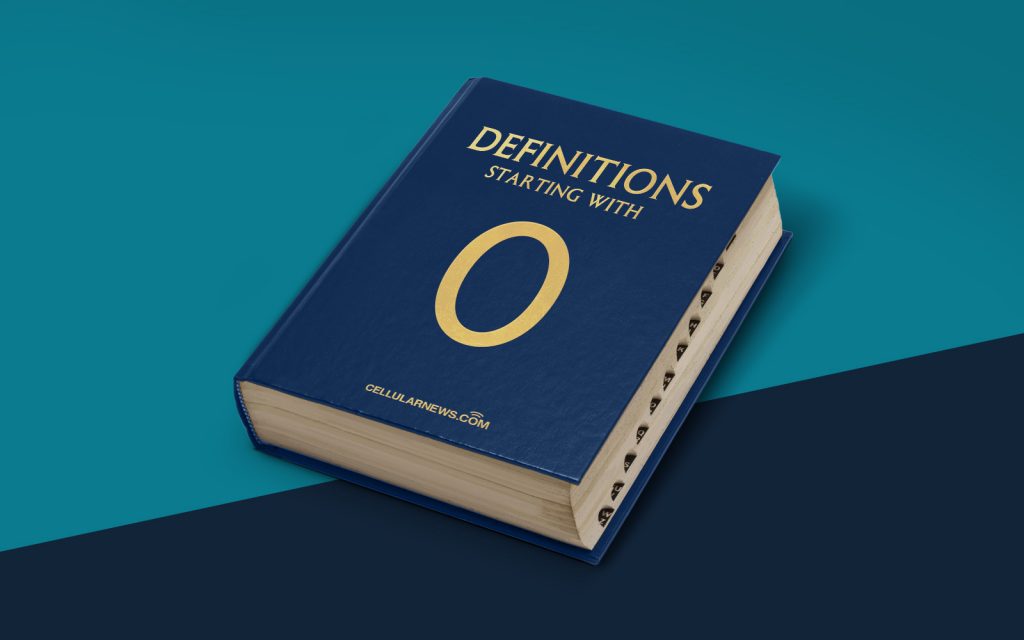
What is Object-Oriented Design (OOD)?
When it comes to software development, object-oriented design (OOD) plays a vital role in creating efficient and maintainable applications. In this blog post, we will delve into the world of OOD, exploring its definition, importance, and how it revolutionizes the way we approach coding projects.
Understanding Object-Oriented Design
Object-Oriented Design (OOD) is a programming paradigm that structures software around objects, which are instances of classes. This approach enables developers to better organize and manage their code, making it more modular, reusable, and scalable. OOD brings together data and related behavior in a single entity, simplifying code maintenance and enhancing collaboration between developers working on the same project.
Key Takeaways
- OOD structures software around objects and classes.
- It promotes code reusability, modularity, and scalability.
The Importance of Object-Oriented Design
Now that we have a basic understanding of what OOD is, let’s explore why it holds such importance in software development:
- Modularity and Code Reusability: By breaking down software into smaller and more manageable modules, OOD allows developers to reuse code, reducing redundancy and saving time. This modular approach enhances maintainability and facilitates debugging, as each module can be tested and updated independently.
- Scalability and Flexibility: Objects in OOD are designed to interact with each other through defined interfaces, promoting system scalability and flexibility. As a result, developers can easily add new features, modify existing ones, or extend the functionality of an application without affecting the entire codebase.
These key takeaways underscore the fundamental benefits of OOD, which include code reusability, modularity, scalability, and flexibility. By embracing this design paradigm, developers can create robust and adaptable software that meets the demands of the ever-evolving technological landscape.
Conclusion
In a nutshell, object-oriented design (OOD) empowers developers to build software that is structured, modular, and flexible. By organizing code around objects and classes, OOD fosters code reusability, promotes easier maintenance, and facilitates collaboration among team members.
Whether you are a seasoned developer or just starting your programming journey, understanding OOD is crucial for creating efficient and maintainable applications. So, embrace the power of object-oriented design and watch your code reach new heights!
